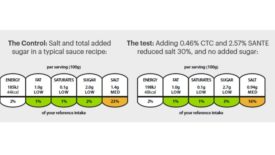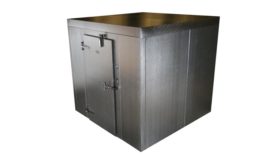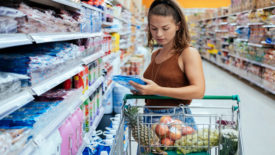Expert Columns
Private Brands continue to be a contender in the refrigerated and frozen food space
Read More
Insulated-Panel Systems are Paramount to Optimal Climate-Controlled Operations
The main challenge in developing an effective OGP cold-storage solution is that there is no one-size-fits-all answer for the unique physical infrastructure and footprint that each retrieval site possesses.
October 25, 2022
From the Cold Corner Podcast: Trends in HPP & Packaging
From the Cold Corner examines the latest in high pressure processing and food packaging
September 23, 2022
New Podcast: What’s Next for Cell-Based Proteins
From the Cold Corner examines where the industry stands today and what’s on the horizon for this emerging technology.
August 31, 2022
Turn the Page
A New Year brings with it the possibilities of writing a new chapter.
January 7, 2022
Is Vaccine Distribution the Future of Cold Storage?
Why cold warehouse providers should approach COVID-19 vaccine storage cautiously.
December 22, 2020
Elevate your expertise in refrigerated and frozen foods with unparalleled insights and connections.
Get the latest industry updates tailored your way.
JOIN TODAY!Copyright ©2025. All Rights Reserved BNP Media.
Design, CMS, Hosting & Web Development :: ePublishing











